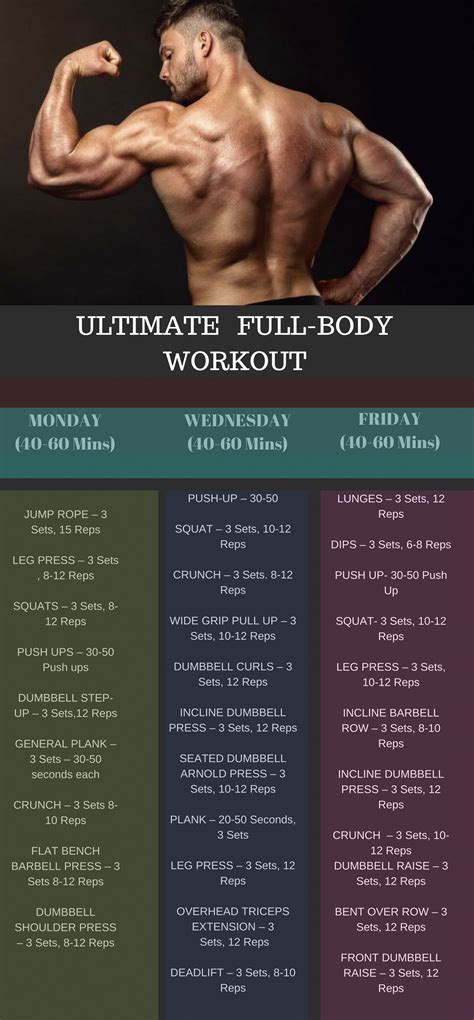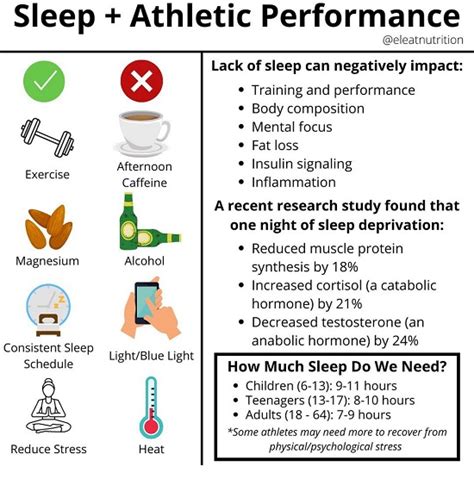What’s the optimal training frequency for busy men to build peak strength and power?

For many busy men, the quest for peak strength and power often clashes with demanding careers, family commitments, and a packed schedule. The common misconception is that more training equals better results, but for those with limited time, efficiency is paramount. Understanding the optimal training frequency isn’t just about how often you hit the gym; it’s about maximizing stimulus, ensuring adequate recovery, and making every minute count towards your goals.
Understanding the Core Principles of Strength and Power Development
Building strength and power relies on a delicate balance of stimulus, recovery, and adaptation. Training provides the stimulus, creating micro-tears in muscle fibers and signaling the body to adapt. Recovery, which includes rest, nutrition, and sleep, allows these adaptations to occur, making muscles stronger and more powerful. Too little frequency and the stimulus is insufficient; too much, and recovery is compromised, leading to overtraining and diminishing returns.
For strength, the primary driver is progressive overload – consistently increasing the demands placed on your muscles. For power, it’s about moving weight with maximum speed and intent. Both require neurological adaptations and muscle fiber recruitment, which benefit from consistent, high-quality training sessions.

The “Minimum Effective Dose” Approach for Busy Schedules
For most busy men aiming for peak strength and power, a training frequency of 2 to 3 times per week for full-body workouts is often the sweet spot. This approach allows for sufficient stimulus for muscle growth and strength adaptation, while also providing ample recovery time between sessions. Each workout becomes highly focused, incorporating compound movements that target multiple muscle groups simultaneously, such as squats, deadlifts, presses, and rows.
Research suggests that training a muscle group 2-3 times per week is superior to once a week for hypertrophy and strength gains. By hitting each major muscle group multiple times, you create more opportunities for protein synthesis and neurological adaptation, driving progress more effectively than single, high-volume sessions for each body part.

Beyond the Basics: When to Consider Higher Frequencies
While 2-3 times a week is optimal for many, some busy men might benefit from a slightly higher frequency, especially as they become more advanced or have very specific goals. A 4-day split, for example, might allow for more focused attention on particular lifts or muscle groups. However, this often requires shorter individual sessions to maintain recovery capacity and prevent burnout.
The key here is still intelligent programming. Instead of simply adding more days, consider how to distribute your total weekly volume across more sessions. For example, rather than one intense 90-minute full-body session, you might do two 45-minute sessions focusing on upper body and lower body, respectively, twice a week. This split still allows for each muscle group to be hit multiple times weekly, potentially with higher quality due to reduced fatigue per session.

Optimizing Your Limited Time for Maximum Impact
Regardless of your chosen frequency, several strategies can help busy men maximize their strength and power gains:
- Prioritize Compound Movements: Focus on exercises that work multiple joints and muscle groups (e.g., squats, deadlifts, bench press, overhead press, rows, pull-ups). These provide the most bang for your buck.
- Embrace Intensity: When your frequency is limited, the intensity of each session becomes crucial. Train with challenging weights that allow for proper form but push your limits.
- Utilize Supersets and Circuits: Pairing non-competing exercises (e.g., bench press with rows) or performing circuits can significantly reduce workout time while maintaining intensity.
- Track Progress: Log your workouts. Seeing quantifiable progress (more weight, more reps) keeps you motivated and ensures you’re consistently applying progressive overload.
- Prioritize Recovery: Adequate sleep (7-9 hours) and a nutrition plan rich in protein and micronutrients are non-negotiable for muscle repair and growth.

Sample Weekly Schedules for Busy Men
Here are a couple of practical examples:
- 2-Day Full-Body (e.g., Tuesday, Friday): Each session includes a squat variation, a hinge variation (deadlift/RDL), an upper body push (bench/OHP), an upper body pull (rows/pull-ups), and potentially one or two accessory movements.
- 3-Day Full-Body (e.g., Monday, Wednesday, Friday): Similar to the 2-day, but you can distribute volume slightly more or add an extra exercise or two per session. This allows for slightly more weekly volume without overtaxing any single muscle group.
- 4-Day Upper/Lower Split (e.g., Monday-Upper, Tuesday-Lower, Thursday-Upper, Friday-Lower): Each session is shorter and more focused. This allows for higher weekly volume per muscle group if managed correctly, but demands more consistent gym attendance.
The optimal frequency is ultimately the one you can adhere to consistently. Consistency trumps sporadic bursts of high-volume training every single time, especially for busy individuals.

In conclusion, busy men can achieve peak strength and power by adopting a smart, efficient training approach. For most, 2-3 full-body workouts per week strike the ideal balance between stimulus and recovery. Focus on compound movements, train with intensity, prioritize recovery, and remain consistent. By optimizing your frequency and making every rep count, you can build impressive strength and power without letting your busy life get in the way of your fitness goals.








